Canada Travel Guide
Explore the natural wonders, cities, and vibrant culture of Canada with our travel guide. Plan your journey, stay connected and more!
Going to Canada is an enriching experience and there is no better way to explore this vast country than with a comprehensive travel guide. We aim to ensure that you’re well-informed regarding traveling to Canada. We’ll go through things like when to go to Canada and how to stay connected so you don’t miss a beat. Continue reading to find out more about how to best plan your adventure in Canada.
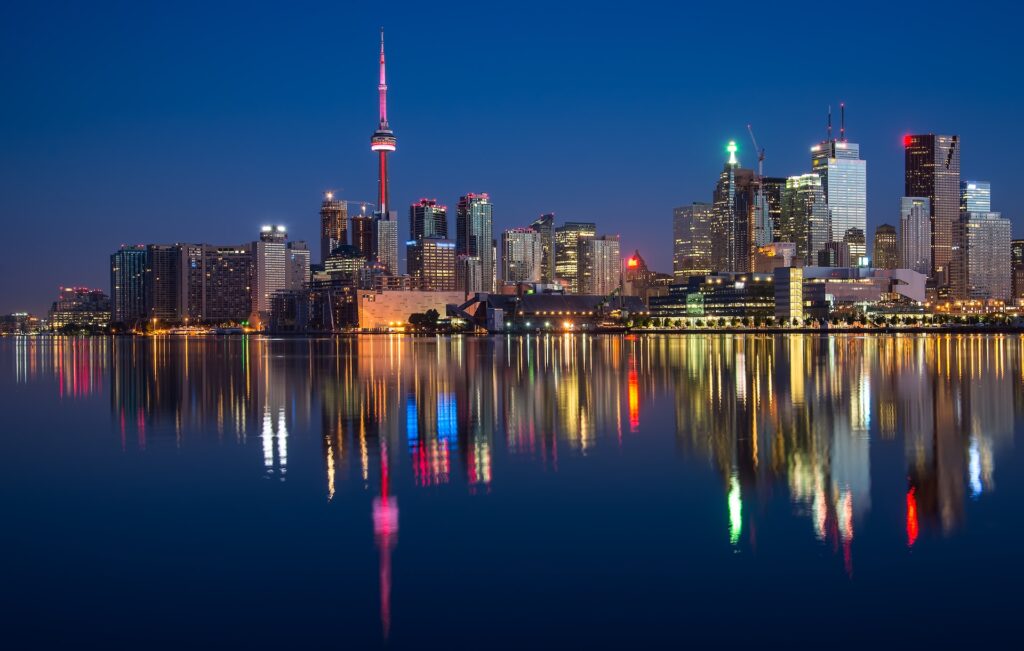
Why Should You Go to Canada?
Canada, the world’s second-largest country, welcomes visitors from all corners of the globe to its diverse and breathtaking terrain, rich cultural experiences, and kind locals. There are a number of reasons why you should choose Canada as your next vacation spot:
Stunning Natural Features
Canada is much admired for its stunning landscapes. Canada’s landscapes are truly breathtaking, from the wild Rocky Mountains in the west to the peaceful lakes and dense woods in the east. Niagara Falls, Banff National Park, and Jasper National Park are just a few of the world-famous attractions found in Canada. Canada is an ideal destination for anyone looking for a peaceful getaway or an abundance of natural beauty, as you’ll see later in this travel guide.
Diversity in Urban Areas
The urban centers of Canada are cultural melting pots. The multicultural communities in these four Canadian cities are well-known for the wide variety of foods, festivals, and cultural experiences they provide. Discover the vibrant neighborhoods, ancient landmarks, and cutting-edge landmarks of these cities.
Warm and welcoming locals
Canadians have a well-deserved reputation for being warm and welcoming. You’ll find the locals really helpful and kind, whether you’re looking for specific information or just want to strike up a chat.
Recreational Outdoor
Canada is a dreamland for travelers searching for excitement and nature lovers alike. There are plenty of chances to go skiing, snowboarding, kayaking, or just go on a nature hike. It’s a paradise for nature lovers thanks to its abundance of scenic parks and open areas to roam. We’ll dive into natural adventures later in the article.
Delicious Eats
The Canadian food scene has been receiving rave reviews from critics throughout the world. Poutine in Quebec, seafood along the coasts, and more Canadian delights are waiting to be sampled. Sample the country’s varied and flavorful fare at outdoor markets and special events. Stay tuned to learn about Canadian gastronomy.
A Friendly and Secure Setting
Canada has a well-deserved reputation as one of the world’s safest tourist destinations. Because of its open and diversified culture, it is a popular travel destination for individuals from all walks of life.
Aurora Borealis
Seeing the Northern Lights, Earth’s natural light show, in Canada’s northern regions is a once-in-a-lifetime opportunity. The aurora’s stunning colors and patterns are an unforgettable sight.
Linguistically Diverse
There are two official languages in Canada: English and French. Additionally, there are many other languages spoken throughout Canada, like Spanish and Hindi, not to mention the various indigenous languages. This multilingual environment will enhance the cultural richness of your travels.
Cultural and Historical Attractions
Numerous museums, historic sites, and institutions for Indigenous heritage may be found across Canada, allowing visitors to learn about the country’s rich cultural history. Find out how the history and culture of the country you’re studying came to be the way they are now.
Canada Travel Requirements
Before you embark on your Canadian adventure, it’s crucial to understand the travel requirements, especially in a post-COVID world. Fortunately, there are no restrictions in place currently to enter Canada aside from the basics, like a passport, visa and such.
Who Can Travel to Canada Without a Visa?
Depending on your home country, you may be eligible to visit Canada without a tourist visa or just an eTA. However, it’s important to check the specific requirements for your country. You can find detailed information and apply for an Electronic Travel Authorization (eTA) if required through the official Canada Government website. Iceland, Croatia, Japan, Ireland, Lithuania, Switzerland, Samoa, Portugal, Spain, and Belgium are just some of the countries whose citizens can enter Canada without a visa.
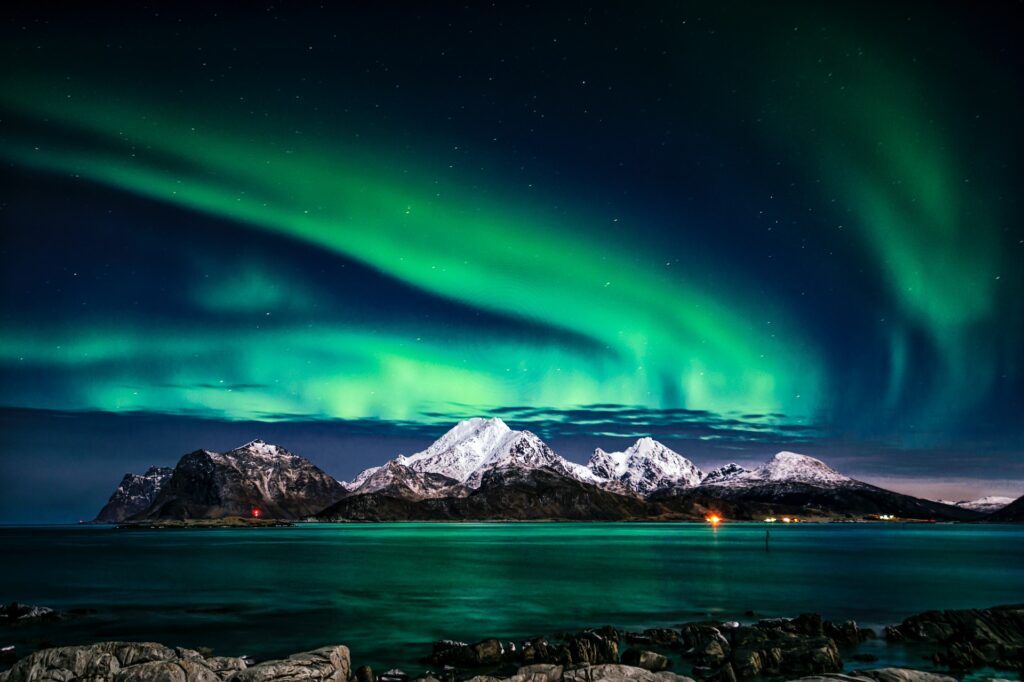
Most popular time to travel to Canada
Many tourists flock to Canada between May and August, the country’s peak tourist season. Thanks to the weather and other factors, this season is the busiest for tourists:
The Warming Trend: The milder and more stable temperatures and weather patterns of spring and summer are perfect for outdoor pursuits and adventuring. Tourists that come to Canada for the natural scenery appreciate the mild winters and summers. Canada’s stunning landscape is at its most breathtaking in the spring and summer. Nature’s verdant landscapes, colorful flowers, and brilliant leaves are all at their peak right now. You may go trekking, camping, and sightseeing in national parks with ease.
Events and Festivals: In the spring and summer, Canada plays host to a plethora of festivals and other celebrations. Sporting activities sit alongside festivals celebrating other cultures, music, and food. Some examples include the Montreal Jazz Festival in June and the Calgary Stampede in July.
Observing Wildlife: Wildlife sightings are a major draw for visitors to Canada. Your chances of seeing bears, whales, and migratory birds in their natural habitats improve in the spring and summer.
Time Off: During the summer, when children are out of school, many families decide to take a trip together. This makes Canada an attractive destination for family vacations, and it’s a great time to visit any of the country’s many kid-friendly sites.
Where to Travel in Canada
Toronto
The largest city in Canada is a melting pot of cultures and boasts various attractions. Visit the iconic CN Tower, explore the diverse neighborhoods, and savor delicious international cuisine. To stay within your budget, consider exploring free or low-cost attractions such as the Toronto Islands and local parks.
The CN Tower is Toronto’s most well-known landmark, and its observation deck provides breathtaking panoramas of the city below. Must-see for breathtaking views and a once-in-a-lifetime meal at the revolving restaurant. Tickets are available starting at $10. The Royal Ontario Museum is home to a wide variety of displays, including art, culture, and natural history. Tickets start at $16 for children and go up to $26 for adults. Their schedule is Tuesday – Sunday: 10:00 am to 5:30 pm, closed Mondays and open on statutory holidays.
Prowling the Neighborhood: Cobblestone streets, art galleries, and one-of-a-kind boutiques are some of the hallmarks of Toronto’s historic Distillery District. Kensington Market is a busy and varied area with antique stores, restaurants serving food from around the world, and eye-catching street art.
The Art Gallery of Ontario (AGO) and the Aga Khan Museum are two excellent art galleries to visit if you’re looking to broaden your cultural horizons. The Princess of Wales Theatre, Royal Alexandra Theatre, and many more venues in Toronto’s Theater District contribute to the city’s reputation as a major player in the international theater scene.
Gastronomic Delights: St. Lawrence Market is a hive of activity and a veritable heaven for foodies with its wide selection of local and exotic fare. Sample regional delicacies like poutine and pea meal bacon sandwiches.
Niagara Falls
Niagara Falls is a must-see natural wonder. To get the most out of your visit, grab a travel guide that provides information about the falls, nearby activities, and the best viewpoints. You can easily find such guides at information centers in Niagara Falls or even online.
Places of Interest in the Niagara Region: The “Street of Fun,” Clifton Hill, is lined with arcades, cafés, and souvenir shops. Discover a tropical paradise full of free-flying butterflies at the Butterfly Conservatory. Getting up close and personal with Niagara Falls (and feeling the spray and tremendous power of the water) on the Maid of the Mist boat excursion, The Journey Behind the Falls allows visitors a rare opportunity to see the waterfalls from a different angle.
Niagara-on-the-Lake: The wines, old buildings, and scenic beauty of this town have made it famous. The journey to the falls is quick and easy.
Whirlpool Aero Car: Ride a cable car over the Niagara Whirlpool for breathtaking views. Trails for hikers and cyclists run parallel to the Niagara River, allowing visitors to get up close to nature.
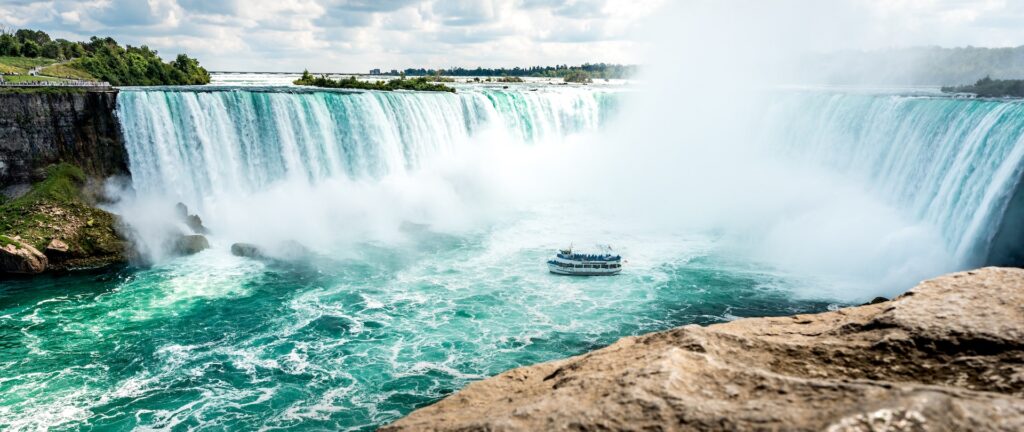
The Northern Lights
For a magical experience, head to Canada’s northern regions like Yukon, the Northwest Territories, or Nunavut to witness the Northern Lights. It’s an unforgettable natural spectacle. Ensure you check the best times to see the auroras and plan your trip accordingly.
When: The optimal time to view the Aurora Borealis is – Canada’s darkest nights occur in the months of September through April, making those months a great time for viewing the Northern Lights.
Where: Northern Lights viewers flock to Whitehorse and the surrounding area in Yukon for good reason. Yellowknife, Northwest Territories, is where you want to be if you would like to see the aurora borealis. The brightest skies in the world for viewing the Northern Lights may be found in the Canadian territory of Nunavut.
What to pack: Remember to take warm clothes, especially if you’ll be there in the winter. For the finest sight, get away from the city and stay in a lodge or cabin. If you want to increase your chances of seeing the aurora, you should follow the forecasts.
How Much Money Do You Need for a Trip to Canada?
The cost of a trip to Canada can vary greatly based on your travel style. Budget travelers can find affordable accommodations, street food, and free attractions to enjoy. Mid-range and luxury travelers can find plenty of high-quality options for accommodations and dining. Calculate your budget based on your preferences, and make sure to account for activities and attractions you want to experience. We’ve set up a table so you have additional information on your options:
| Expense Category | Budget Range | Notes |
| Accommodation | $70 – $300+ | Hostels, budget hotels, and Airbnb can be cost-effective options, while luxury hotels are pricier. Prices vary by location. |
| Food | $20 – $60+ per day | Eating at local diners or food stalls can keep costs down, while fine dining will be more expensive. |
| Transportation | $30 – $100+ | This includes local transportation, intercity buses or trains, and possibly car rental costs. |
| Activities & Sightseeing | $20 – $100+ | Costs for attractions, tours, and outdoor activities can vary widely. Check specific attraction websites for admission fees. |
| Northern Lights Tour | $150 – $500+ | If you plan to witness the Northern Lights, consider the cost of a tour or travel to remote locations for better visibility. |
| Travel Insurance | $30 – $100+ | Prices vary based on coverage, duration, and age. Always recommended for international travel. |
| Miscellaneous | $20 – $50+ per day | This includes expenses like SIM cards, souvenirs, and unforeseen costs. |
| Total | $190 – $710+ per day | The daily budget can vary significantly, and it’s essential to plan according to your preferences and priorities. |
How to Connect in Canada
Staying connected while in Canada is important, whether for navigation, communication, or sharing your travel experiences on social media. Consider deciding which option to use before you leave. Here are a few options to consider:
Local SIM Card
You can purchase a local SIM card upon arrival in Canada. This is a cost-effective way to have data and make local calls. Local cellular companies like Rogers or Bell Mobile offer SIM cards through which you can effortlessly connect. Be aware that you may have to provide documentation and you’ll have to subscribe to a long-term plan.
Roaming
Check with your mobile carrier about international roaming options and costs. While convenient, this can be expensive. Contact your cellular carrier before you leave and ask about options to activate your cellular plan abroad. Keep in mind that rates and prices. You’ll have to monitor your consumption while in Canada to make sure you don’t end up with a hefty bill once you return home.
Pocket WiFi
Consider renting a pocket WiFi device, which provides a secure, high-speed internet connection for multiple devices. This is a device that you carry everywhere. One particularity of this service is that you don’t only pay for the rental but also for the data plan, shipping, accessories and any insurance. You may end up paying much more than you initially thought.
eSIM: Your best companion
Another convenient option is using an eSIM, which you can activate upon landing in Canada. This is a new trend in the consumer industry that’s making it really easy to switch carriers or data plans without any issues. You can get a digital SIM from an international provider like Holafly for an easy and convenient solution. They offer eSIM plans that you can get in just a few steps. And that includes getting a Canada eSIM or North America eSIM card if you want coverage in several destinations.
Just go to their official website, choose the plan that suits you best and complete the payment. In minutes, you’ll receive your QR activation code and can easily install it on your phone. The only requirement is a compatible and unlocked smartphone and that’s it! Enjoy reliable data services and share up to 500 MBs of data per day without needing a physical SIM card.

Frequently Asked Questions
To see the Northern Lights, visit Canada’s northern regions like Yukon, Northwest Territories, or Nunavut during the fall and winter months, as this is the prime season for aurora viewing.
You can use your mobile phone in Canada, but it’s important to check with your mobile carrier regarding international roaming options and associated costs. Alternatively, consider using a local SIM card, pocket WiFi, or an eSIM for cost-effective connectivity.
You can get an eSIM from a service like Holafly before you leave for your trip. Staying connected is a breeze with their data-enabled eSIMs that are ready to use the moment you land.
eSIMs offer convenience and flexibility. You can switch between plans without changing physical SIM cards, and they work seamlessly with your device, making it easy to stay connected during your travels.
Plans that may interest you
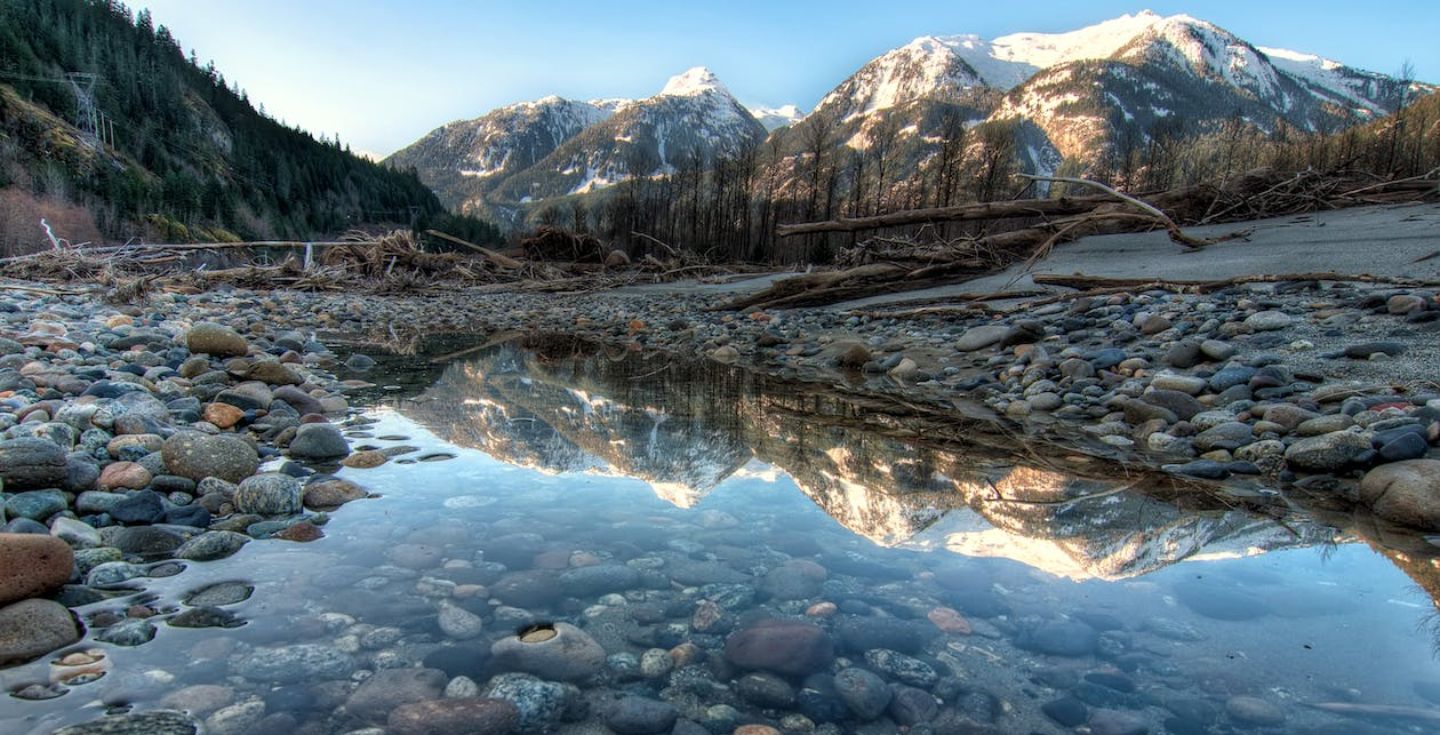


 +1M
+1M
With Holafly, you save +30% compared to roaming fees









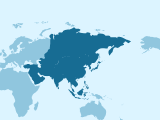






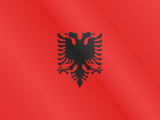

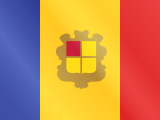
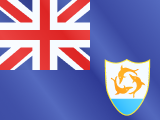
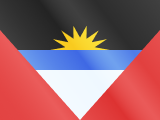

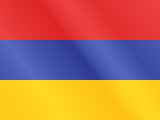








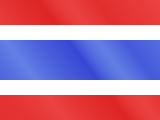






 Pay
Pay  Language
Language  Currency
Currency 


















 No results found
No results found







